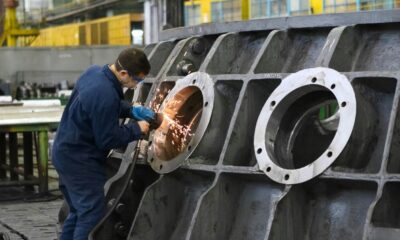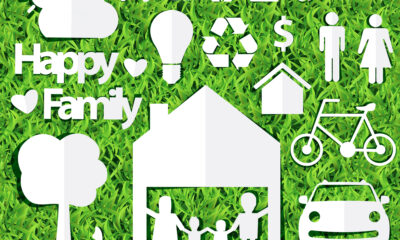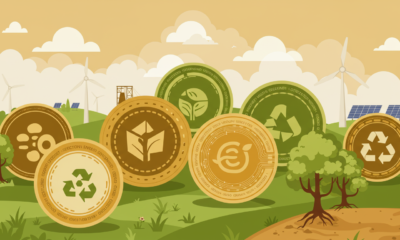Roads are more than paths for vehicles. Every curve, lane width, and surface material impacts traffic flow, safety, and the environment. Smart road design creates a chain reaction that improves efficiency, reduces emissions, and supports long-term sustainability.
Reducing Congestion Through Design
Congestion is a major contributor to fuel waste and air pollution. Roads designed with intelligent traffic management, dedicated bus lanes, and synchronized signal timing can keep vehicles moving more smoothly. Roundabouts, instead of traditional intersections, reduce idling time and accident frequency. When traffic flows more freely, vehicles burn less fuel, producing fewer greenhouse gases and lowering the environmental impact of transportation networks.
Durable Materials for Longevity
The choice of materials has long-term effects. Using high-quality asphalt, recycled aggregates, or permeable concrete increases road longevity and reduces the frequency of repairs. Fewer repairs mean fewer construction emissions, less disruption to traffic, and reduced consumption of raw materials. Full-depth reclamation contractors, for example, can recycle existing pavement, creating a stronger foundation while minimizing the need for new materials and limiting environmental disturbance.
Integration with Green Infrastructure
Smart roads can incorporate green infrastructure to manage stormwater and reduce urban heat. Bioswales, permeable pavements, and strategically placed vegetation filter water runoff, reducing pollutants entering waterways. Reflective or lighter-colored surfaces reduce heat absorption, helping moderate local temperatures. These features create a healthier urban environment while extending the lifespan of the pavement and reducing maintenance costs.
Supporting Alternative Transportation
Smart road design also considers the growing demand for cycling, walking, and electric vehicles. Dedicated bike lanes and pedestrian-friendly crossings encourage active transportation, reducing vehicle miles traveled. Electric vehicle charging stations integrated into road planning support cleaner mobility options. These elements collectively reduce the carbon footprint of urban transportation and contribute to more sustainable communities.
Economic and Social Benefits
Investing in smart road design can yield economic advantages beyond environmental impact. Reduced congestion saves time for commuters and freight transport, increasing productivity. Durable roads decrease repair costs over time. Safer roads lower accident rates and associated healthcare costs. Communities benefit socially from streets that are easier to navigate, cleaner, and more adaptable to future transportation trends.
A Forward-Looking Approach
Sustainable road networks are not isolated projects. Each decision affects traffic efficiency, energy consumption, and local ecosystems. When planners, engineers, and contractors collaborate, roads become active contributors to a greener future. Thoughtful design encourages responsible transportation habits, reduces environmental stress, and strengthens urban resilience.
Smart road design sets off a chain reaction that extends far beyond the pavement. Efficient traffic flow, durable materials, integration with green infrastructure, and support for alternative transportation create a network that benefits people, economies, and the environment alike. Understanding and implementing these principles ensures that every new road contributes to a more sustainable and resilient future. Check out the infographic below to learn more.


 Environment9 months ago
Environment9 months agoAre Polymer Banknotes: an Eco-Friendly Trend or a Groundswell?

 Environment11 months ago
Environment11 months agoEco-Friendly Home Improvements: Top 7 Upgrades for 2025

 Features8 months ago
Features8 months agoEco-Friendly Cryptocurrencies: Sustainable Investment Choices

 Features9 months ago
Features9 months agoEco-Friendly Crypto Traders Must Find the Right Exchange































